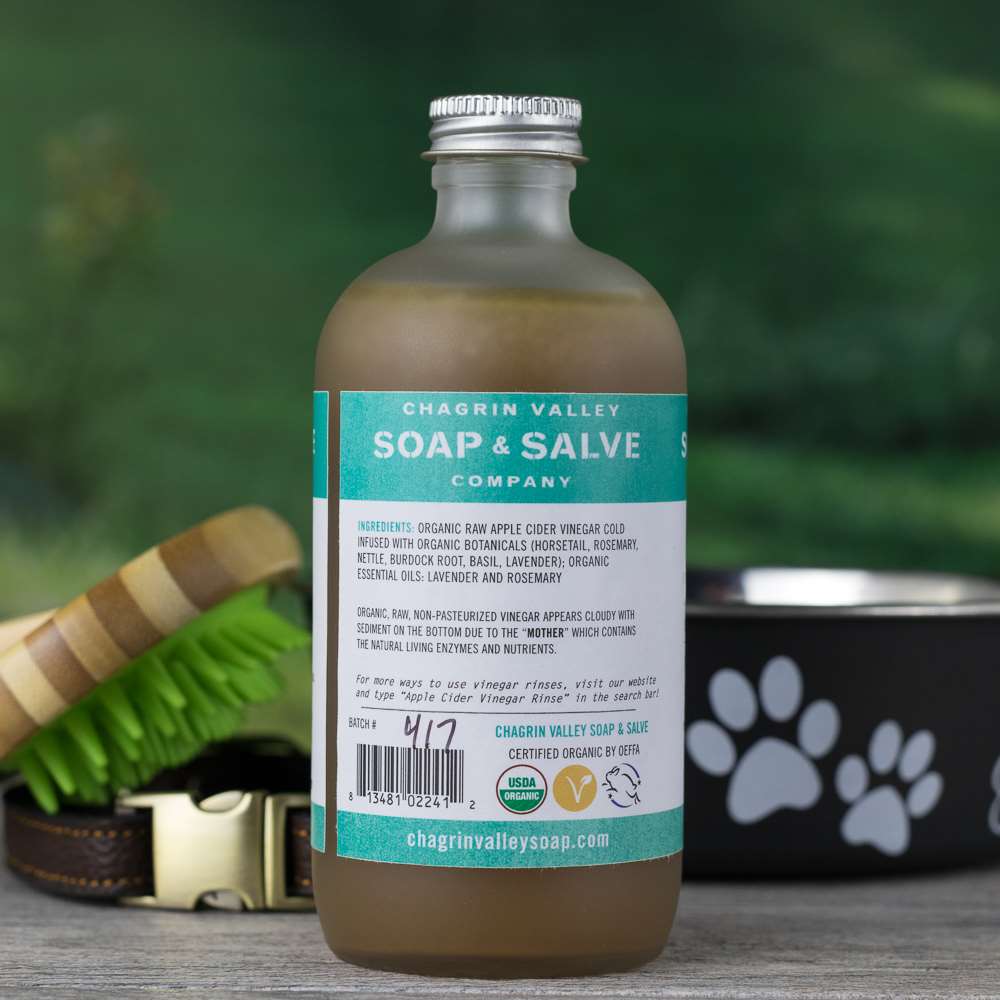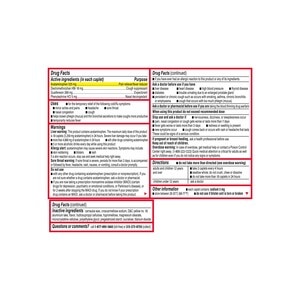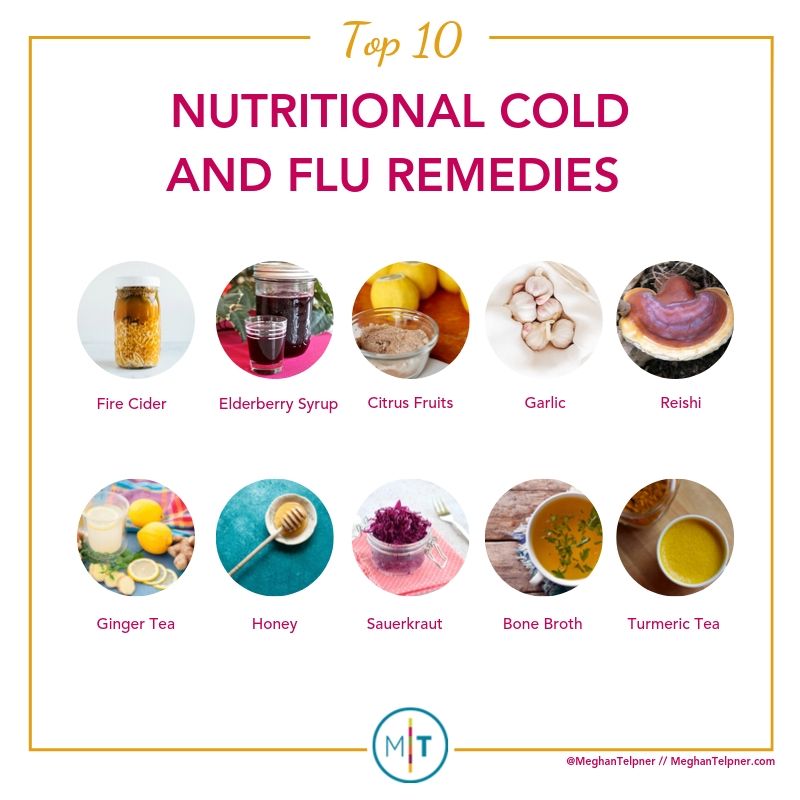
There are several home remedies for flu and cold. Vicks VapoRub and chicken soup are some of the common home remedies for flu. You may also try gargling with saltwater. You may try the following suggestions if none work. They might work for your situation! Make sure they are efficient! Here are some ideas.
Soup for chicken
Chicken soup is a home remedy for the flu and cold. It also contains carnosine, a compound that decreases inflammation of the upper respiratory system by stopping white blood cell migration. The beneficial effects of chicken soup last for a long time. It can also prevent the common cold and flu. The benefits of chicken soup for colds and flu are often overlooked.
Vicks VapoRub
Vicks VapoRub may be a popular home remedy for colds and flus. However, there are many things you can do to ease your child's symptoms at home without resorting to prescription drugs. A survey by the World Health Organization found that 64% of respondents believe antibiotics can treat viral infections. It is not true. Antibiotics don't fight viruses, they only fight bacteria.

Vitamin C
Vitamin C supplements may help to prevent symptoms of the flu and cold, but they cannot be used as a treatment. Studies have shown that vitamin supplements can help reduce symptoms of the flu and cold by as much as a day and a quarter. Other natural supplements, like zinc and garlic, also have similar effects. Below are links to more information on home remedies. You should also consult your physician if symptoms persist.
Gargling with salt water
Salt water can be used to soothe sore throats. Salt helps to draw out fluid from the throat tissue, which can ease the discomfort and accelerate the healing process. You should use salt water instead of tap water. Tap water contains chlorine, which can lead to a decrease in immune system strength. Nevertheless, gargling is one of the simplest ways to ease a sore throat.
Drinking lots
Drinking lots of fluids can help you improve your overall health, especially if you're sick. Drinking plenty of fluids will help loosen up mucus that has been collected in your nose, and it will also ease congestion. Well-hydrated bodies are better equipped to fight the cold virus. But, how do you know which fluids are the best? Here are some suggestions.

Zinc nasal spray
Research has shown zinc may reduce the duration of colds, and even prevent them altogether. Zinc plays an important role in immune system function. It helps prevent infection and aids tissue repair. Zinc can reduce the time it takes for colds to pass by blocking cold viruses from growing on the nasal lining. Zinc nasal spray is effective in reducing the duration of colds. However, some experts question its effectiveness.
FAQ
What is the healthiest lifestyle to life?
A healthy lifestyle means eating healthy foods, exercising regularly, sleeping well, and avoiding stress. You will live a long and happy life if you adhere to these guidelines.
You can start by making small changes in your diet and exercise routine. For example, if you want to lose weight, try walking for 30 minutes every day. Or, if you want to get more active, take up swimming or dancing. You can also sign up for an online fitness program, such as Strava and Fitbit. This will track your activity.
What are the 10 best foods to eat?
These are the 10 best foods to try:
-
Avocados
-
Berries
-
Broccoli
-
Cauliflower
-
Eggs
-
Fish
-
Grains
-
Nuts
-
Oats
-
Salmon
Here are five ways to lead a healthy lifestyle.
Living a healthy lifestyle involves eating right and exercising regularly. Good eating habits include avoiding processed foods, sugar, unhealthy fats, and avoiding junk food. Exercise can help you burn calories and strengthen your muscles. Sleeping well improves concentration and memory. Stress management is a way to reduce anxiety levels and depression. And finally, having fun keeps us young and vibrant.
Statistics
- nutrients.[17]X Research sourceWhole grains to try include: 100% whole wheat pasta and bread, brown rice, whole grain oats, farro, millet, quinoa, and barley. (wikihow.com)
- According to the 2020 Dietary Guidelines for Americans, a balanced diet high in fruits and vegetables, lean protein, low-fat dairy and whole grains is needed for optimal energy. (mayoclinichealthsystem.org)
- This article received 11 testimonials and 86% of readers who voted found it helpful, earning it our reader-approved status. (wikihow.com)
- According to the Physical Activity Guidelines for Americans, we should strive for at least 150 minutes of moderate intensity activity each week (54Trusted Source Smoking, harmful use of drugs, and alcohol abuse can all seriously negatively affect your health. (healthline.com)
External Links
How To
What does the meaning of "vitamin?"
Vitamins are organic compounds naturally found in food. Vitamins are necessary for us to absorb nutrients in the foods we consume. Vitamins cannot be made by the body; they must be taken from food.
There are two types if vitamins: water soluble, and fat soluble. Water-soluble vitamins dissolve easily when they are dissolved in water. Examples include vitamin C,B1 (thiamine), B2 (riboflavin), B3 (niacin), B6 (pyridoxine), folic acid, biotin, pantothenic acid, and choline. Fat-soluble vitamins can be stored in the liver or in fatty tissue. You can find vitamin D, E K, A, beta carotene, and other fat-soluble vitamins.
Vitamins are classified based on their biological activity. There are eight major groups of vitamins:
-
A - essential for normal growth and maintenance of health.
-
C is important for nerve function and energy production.
-
D - Essential for healthy teeth and bones.
-
E is required for good vision and reproduction.
-
K - Essential for healthy muscles and nerves.
-
P - vital for building strong bones andteeth.
-
Q - Aids in digestion and absorption.
-
R - necessary for making red blood cells.
The recommended daily allowance (RDA) of vitamins varies depending on age, gender, and physical condition. RDA values are set by the U.S. Food and Drug Administration (FDA).
For adults over 19, the RDA for vitaminA is 400 micrograms per daily. Pregnant women require 600 micrograms daily to support fetal development. Children ages 1-8 require 900 micrograms per day. Infants under one year of age require 700 micrograms per day, but this amount decreases to 500 micrograms per day between 9 months and 12 months of age.
Children aged between 1-18 years require 800 micrograms of sugar per day, while overweight children need 1000 micrograms. Children who are underweight receive 1200 micrograms every day to meet their nutritional requirements.
Children ages 4-8 years who have been diagnosed with anemia need 2200 micrograms per day of vitamin C.
Adults over 50 years of age need 2000 micrograms per day for general health. Because of their higher nutrient needs, women who are pregnant or nursing need 3000 mg per day.
Adults over 70 require 1500 micrograms each day, since they lose around 10% of their muscle mass every decade.
Women who are pregnant and lactating need more nutrients than the RDA. Pregnant women require 4000 micrograms daily during pregnancy, and 2500 micrograms every day after birth. Breastfeeding moms need 5000 micrograms each day when breastmilk production occurs.